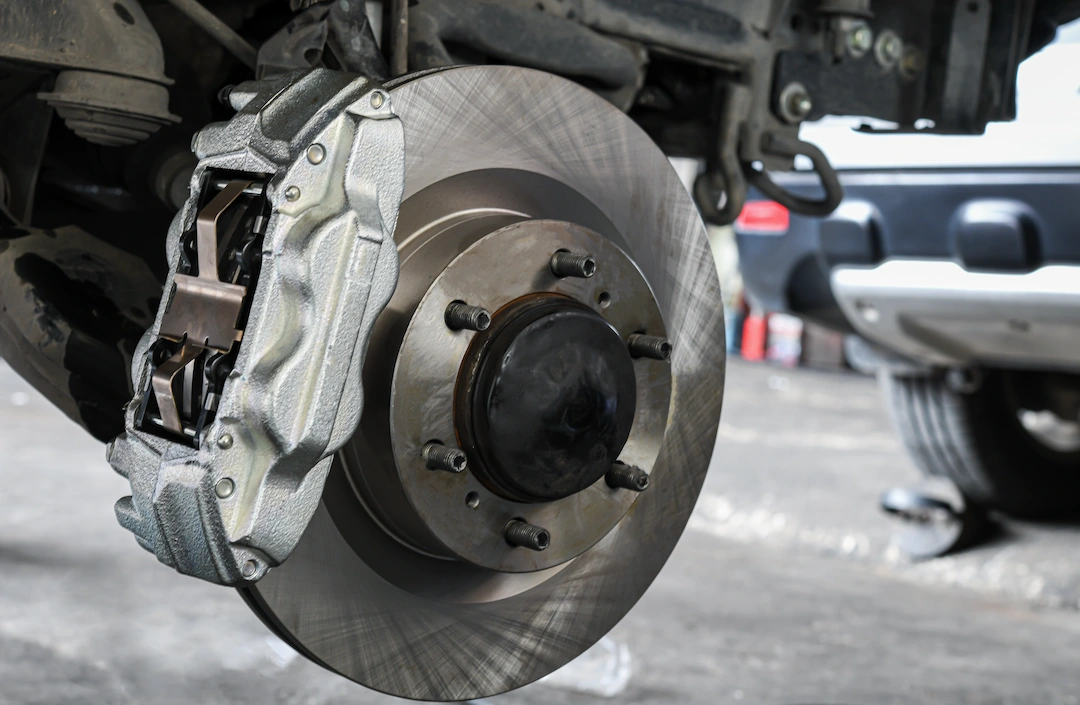The Anti-lock Braking System (ABS) is a crucial safety feature in modern vehicles that helps prevent wheel lock-up during braking. By rapidly modulating the brake pressure on individual wheels, ABS allows drivers to maintain steering control and stability while braking, significantly reducing the risk of accidents. This article explores ABS’s key components and benefits, highlighting its importance in ensuring safer and more effective braking performance.
Components of ABS:
The ABS consists of several key components that work together to provide optimal braking control. These components include:
a. Wheel Speed Sensors: These sensors monitor the rotational speed of each wheel.
b. Electronic Control Unit (ECU): The ECU processes data from the wheel speed sensors and controls the brake pressure of each wheel.
c. Hydraulic Control Unit (HCU): The HCU modulates the brake pressure on individual wheels based on instructions from the ECU.
d. Brake Actuators: These devices are responsible for adjusting the brake pressure on each wheel as directed by the HCU.
Functioning of ABS:
When a driver applies the brakes, the wheel speed sensors detect any wheel lock-up or significant speed differences between the wheels. The ECU receives this information and rapidly adjusts the brake pressure to each wheel through the HCU and brake actuators. By reducing the pressure on wheels that are locking up and increasing it on wheels that still have traction, ABS prevents wheel lock-up and allows the driver to maintain control over the vehicle.
Benefits of ABS:
ABS offers several important benefits that enhance overall vehicle safety and braking performance:
a. Improved Steering Control: By preventing wheel lock-up, ABS enables drivers to maintain steering control even during emergency braking situations.
b. Shorter Stopping Distances: ABS reduces the stopping distance by ensuring that the wheels do not skid, allowing the tires to maintain maximum contact with the road surface.
c. Enhanced Stability: By preventing the vehicle from swerving or skidding during braking, ABS improves overall stability and reduces the risk of accidents.
d. Better Braking on Different Surfaces: ABS adjusts the brake pressure on individual wheels based on the surface conditions, providing optimal braking performance on various terrains.
e. Increased Driver Confidence: With ABS, drivers can rely on the system’s assistance, enhancing their confidence in emergency braking situations.
The Anti-lock Braking System (ABS) is a critical safety feature that has revolutionized the way vehicles brake. By preventing wheel lock-up, ABS allows drivers to maintain control over their vehicles and significantly reduces the risk of accidents. With its key components and multiple benefits, ABS has become essential in ensuring safer and more effective braking performance in modern automobiles.




